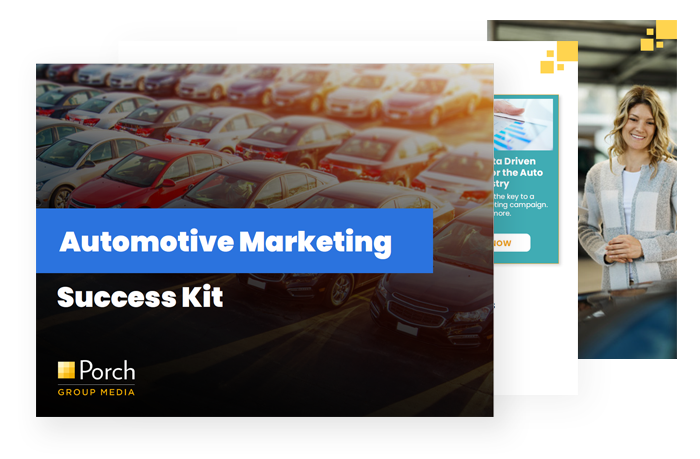The automotive market is constantly changing – not only vehicles themselves but the ways consumers shop. Some sources predict that 10 million self-driving vehicles will be on the road by 2020 and every year, connected technologies keep consumers eager to see what the next wave of advancements will bring. While vehicles become more sophisticated, so do consumers themselves. They are more knowledgeable and have access to more information online to help them make a purchase decision.
Take a look at these statistics from Autotrader on how consumers shop for cars today:
- Car buyers spend 59% of their time online researching.
- When researching online, 46% of car shoppers use multiple devices.
- Most car buyers are undecided at the start of the shopping process. When they first begin to shop, 6 out of 10 them are open to considering multiple vehicle options.
- Third-party sites are the most used sites for car shopping, used by 78% of shoppers.
- Walking in remains the common form of initial contact with a dealership by more than half of car shoppers.
- The top five activities conducted online by car shoppers include researching car prices (71%), finding actual cars listed for sale (68%), comparing different models (64%), finding out what current car is worth (63%), and locating a dealer or getting dealer info (46%).
In another study by J.D. Power, more than half (53%) of automotive internet shoppers used a mobile device when looking for automotive information. According to research from Facebook, US vehicle shoppers not only use mobile devices as they research new cars, they even prefer them for some activities. A majority of vehicle shoppers, for example, said mobile was a better way to ask friends and family about auto options, and about two in five preferred to book a test drive from a mobile device.

With so much data available as consumers shop across multiple channels, automotive marketers can use these insights to target specific shoppers most likely to be in market to purchase. To most effectively engage and target in-market shoppers, automotive brands must be highly diligent in collecting and using data – both first and third-party data in order to create highly personalized offers.
First-party is the internal data that is collected about a brand’s own customers from customer-facing systems, such as websites, email, mobile applications, and other first-party channels. When a customer enters his or her contact information into a web form and clicks ‘submit’ that information automatically becomes a part of your first-party data. It’s the most valuable because it’s the only data that’s free of cost, and since it’s provided voluntarily by the individual it makes it the safest data also. But, while very important, first-party data is only truly powerful when it’s combined with its data cousin: third-party data.

Types of Third Data Include:
- Contact Data: The first-party data that an automotive brand collects is often missing information such as email addresses or phone numbers. Third-party data can be appended to add in missing details or correct wrong information.
- Demographics: A brand may want to know which households have children (“may be time to upgrade to a larger vehicle”), who has a teen driver in the house (“time for a first car”), or who is interested in the outdoors (“this new model of truck just came out”). Details such as income, marital status, occupation, hobbies, lifestyle, and age are some examples of demographics that can be used to create personalized messages and offers.
- VIN Data: Several specialized data solution providers can provide detailed information on vehicles and their owners such as Make, Model and Year as derived directly from VINs.
- Mobile Location Targeting Data: Mobile location device data can be used to target qualified prospects who have visited a dealership location.
Changing consumer behaviors, increased demands for connectivity, trends towards alternate types of mobility, and the convergence of the online and offline world have put the consumer firmly in charge of their vehicle buying experience. Auto companies must be more committed than ever to understanding today’s auto consumers on a one-to-one level, including what drives them, what motivates them, and what they are looking for in their next vehicle.






